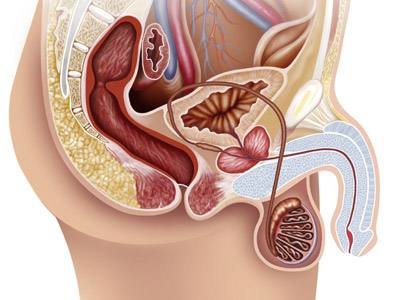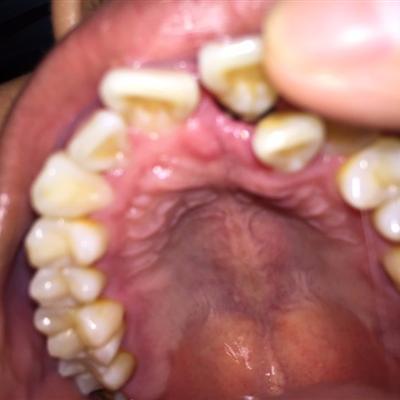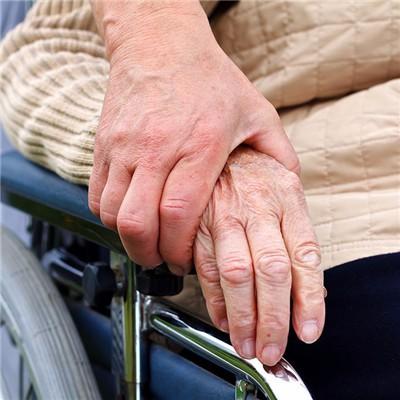What does osteomyelitis symptom have?
summary
Many patients do not know what kind of disease osteomyelitis is. Once this disease appears, it will bring huge harm to the health of patients. When suffering from this disease, many patients will be in a state of high fever. Our patients will suffer great mental damage. Let's take a look at the symptom types of this disease!
What does osteomyelitis symptom have?
Traumatic osteomyelitis. Traumatic osteomyelitis is a bone infection caused by bacteria infiltrating into bone tissue after deep infection of muscle tissue (such as denervated bone exposure) caused by body trauma (such as open fracture, etc.) or skin rupture. The disease is generally characterized by local purulent sinus, high wound skin temperature, accelerated ESR and increased white blood cells, X-ray showed obvious bone destruction.

Hematogenous osteomyelitis. Hematogenous osteomyelitis is mainly caused by the low immune function of the human body, such as a cold or slight skin abrasion leading to suppurative bacteria from the blood into the bone caused by inflammation, infection site generally has no obvious history of trauma. This disease is more common in children. After the onset of the disease, high fever is more than 39 degrees, ESR is accelerated, white blood cell test is more than 15000-30000, X-ray shows periosteal reaction, local skin temperature is too high, and deep tenderness.

Iatrogenic osteomyelitis. Iatrogenic osteomyelitis is a kind of traumatic osteomyelitis in a broad sense. It is a bone infection caused by incomplete disinfection or lack of aseptic consciousness during orthopedic surgery. Although it is a rare case in orthopedic surgery, it is one of the three major ways of bone infection. The symptoms are the same as traumatic osteomyelitis.

matters needing attention
Furuncle, rash, sore, carbuncle and upper respiratory tract infection are the most common infectious diseases, and the secondary infection is the most likely to cause hematogenous osteomyelitis. Therefore, the prevention of furuncle, sore, carbuncle and upper respiratory tract infection is very important to prevent the occurrence of osteomyelitis.











